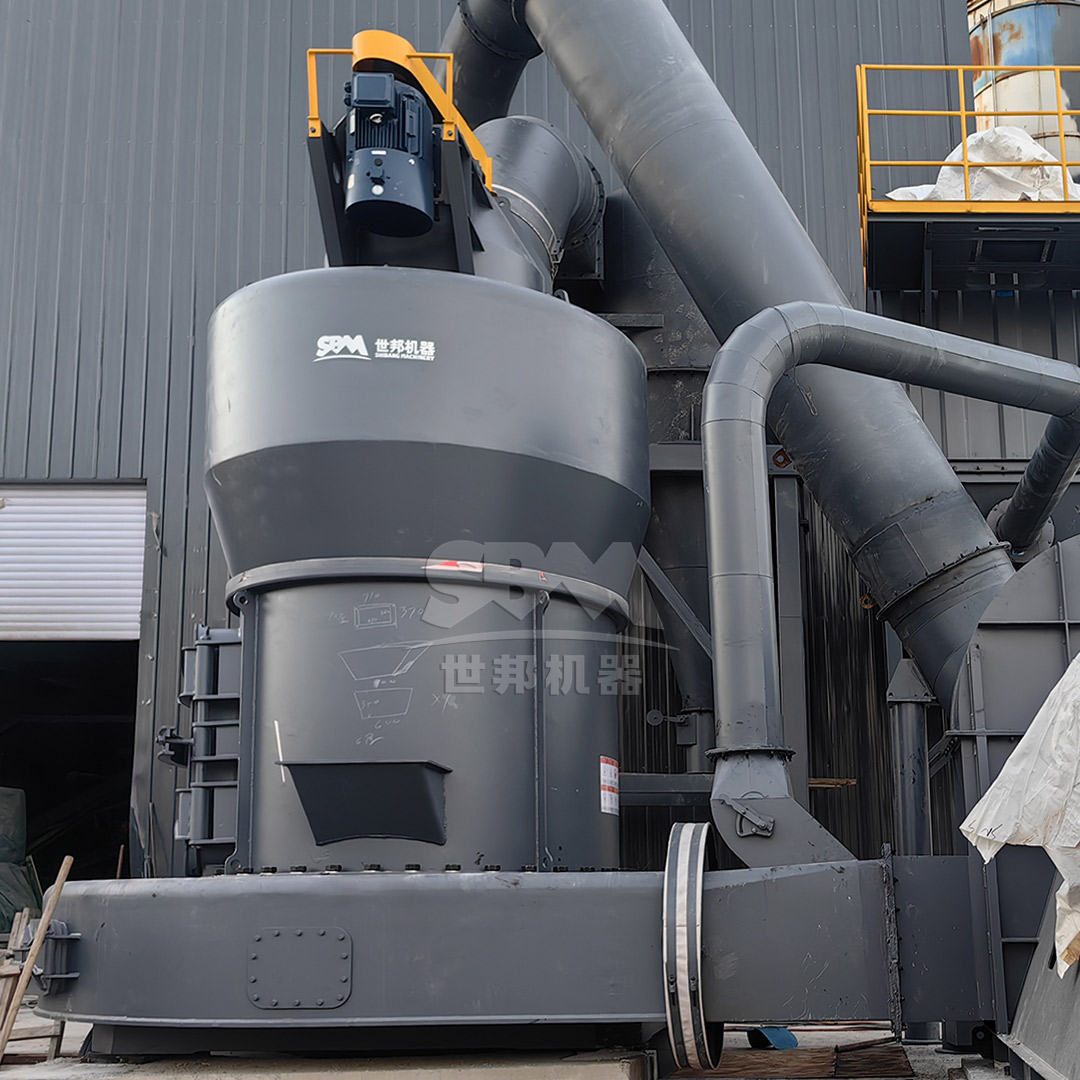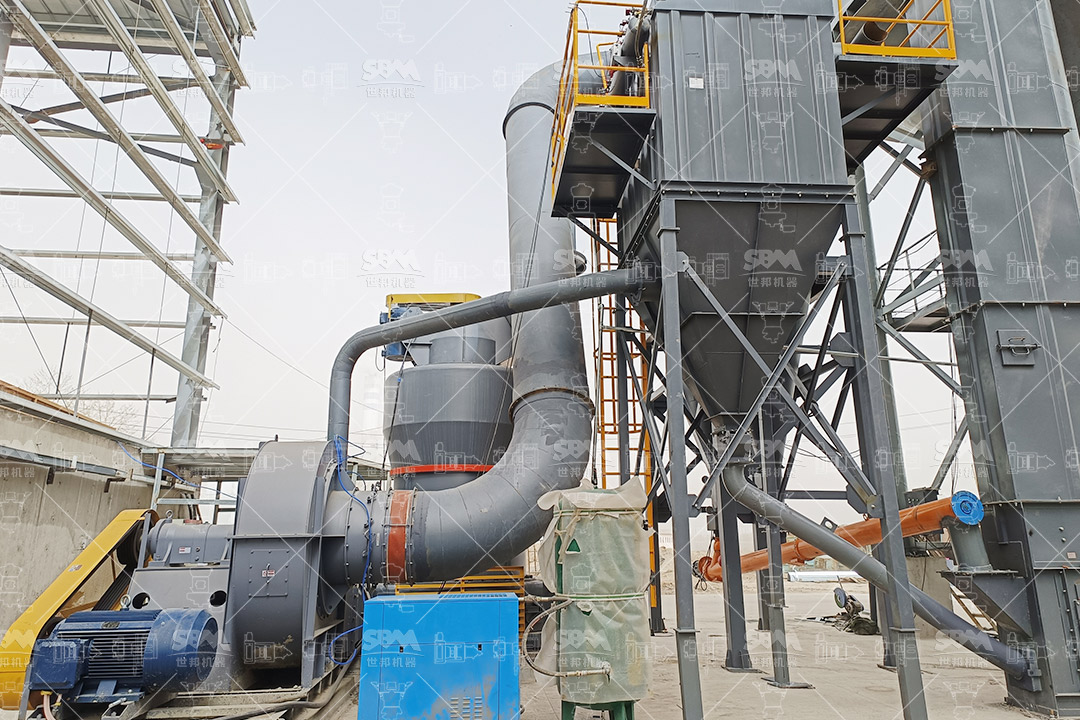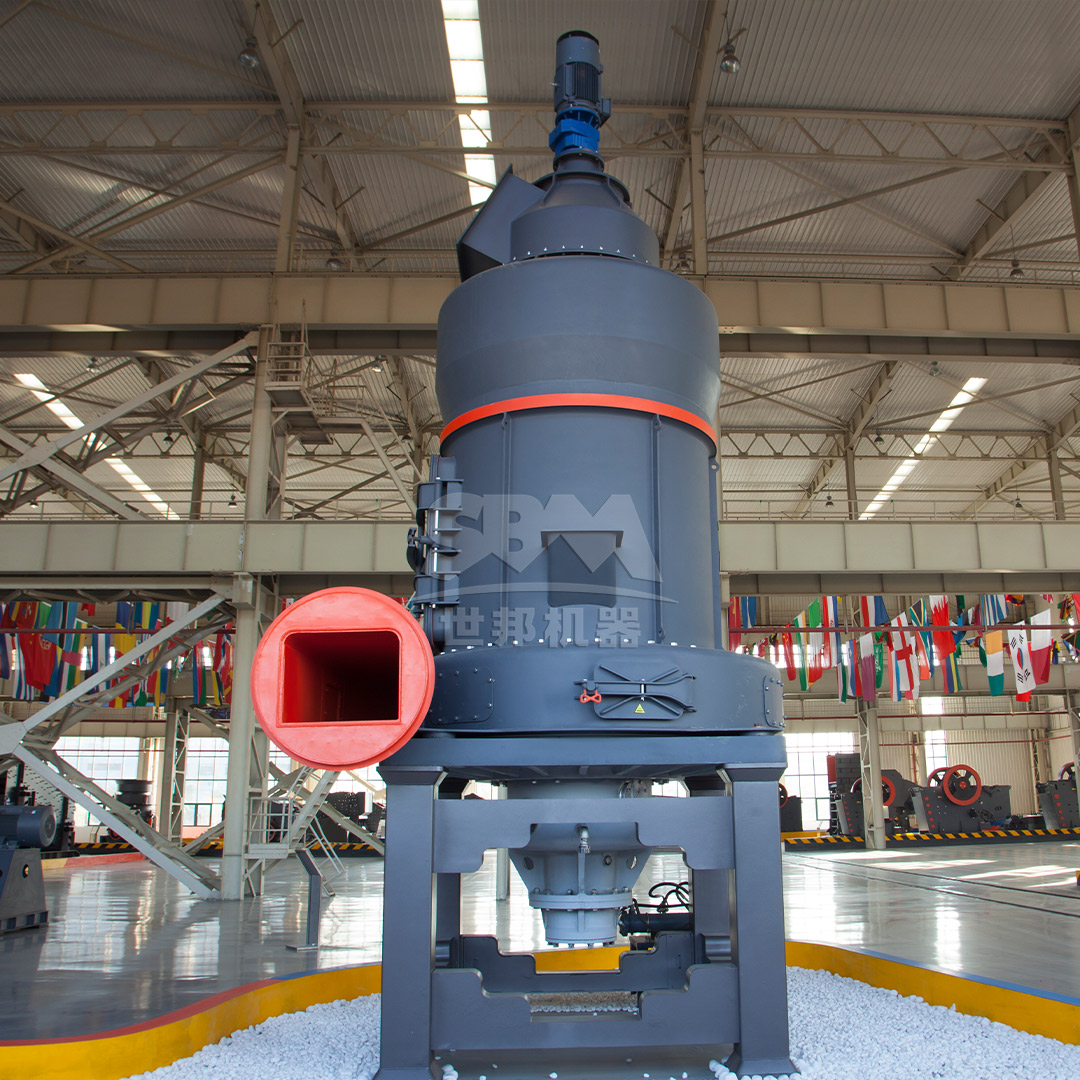Graphite has emerged as one of the most crucial materials in the 21st century, serving as the backbone for numerous advanced applications ranging from lithium-ion batteries to electronic components. The exceptional electrical conductivity, thermal stability, and structural properties of graphite make it indispensable for conductive materials in energy storage and electronic devices. However, the performance of graphite-based products is heavily dependent on the particle size distribution, purity, and morphological characteristics achieved during the grinding process.
The transition to electric vehicles and renewable energy storage systems has dramatically increased the demand for high-quality graphite powders with precisely controlled particle sizes. Similarly, the electronics industry requires ultra-fine graphite powders for conductive inks, thermal interface materials, and electromagnetic shielding applications. Meeting these stringent requirements demands advanced grinding technologies capable of producing consistent, high-purity graphite powders with optimal particle characteristics.

Grinding graphite presents unique challenges that distinguish it from conventional mineral processing. The layered structure of graphite, with its weak van der Waals forces between graphene layers, requires specialized approaches to achieve the desired particle size without compromising material properties. Key challenges include:
Excessive mechanical stress during grinding can damage the crystalline structure of graphite, reducing its electrical conductivity and compromising performance in final applications. The ideal grinding process should delaminate graphite layers while preserving their structural integrity.
Different applications require specific particle size distributions. Battery anode materials typically need D50 values between 10-20μm with tight distribution, while conductive additives may require sub-micron particles. Achieving these specifications consistently demands precise classification systems.
Graphite’s high purity requirements (often >99.9%) necessitate grinding systems that minimize metallic contamination from wear parts. This is particularly critical for battery applications where trace metals can catalyze electrolyte decomposition.
Graphite’s lubricity and thermal conductivity create unique challenges in heat dissipation during grinding. Effective cooling systems are essential to prevent overheating that could oxidize graphite or alter its properties.
Modern graphite processing employs several grinding technologies, each with specific advantages for different applications and particle size requirements. Understanding these technologies is essential for selecting the optimal solution for specific conductive material production.
For applications requiring the finest particle sizes, such as conductive additives and specialty coatings, ultra-fine grinding mills offer unparalleled performance. These systems combine mechanical impact with precise air classification to achieve particle sizes down to 5μm (D97) and below.
Our SCM Ultrafine Mill represents the pinnacle of ultra-fine grinding technology for graphite applications. With an output fineness range of 325-2500 mesh (D97≤5μm) and processing capacity of 0.5-25 tons per hour, this system is ideally suited for producing high-value conductive graphite powders. The mill’s intelligent control system automatically maintains target particle size distribution through real-time feedback, while the vertical turbine classifier ensures precise size cuts without coarse particle contamination.
| Model | Processing Capacity (t/h) | Main Motor Power (kW) | Feed Size (mm) | Output Fineness (mesh) |
|---|---|---|---|---|
| SCM800 | 0.5-4.5 | 75 | 0-20 | 325-2500 |
| SCM900 | 0.8-6.5 | 90 | 0-20 | 325-2500 |
| SCM1000 | 1.0-8.5 | 132 | 0-20 | 325-2500 |
| SCM1250 | 2.5-14 | 185 | 0-20 | 325-2500 |
| SCM1680 | 5.0-25 | 315 | 0-20 | 325-2500 |
For applications requiring medium to fine graphite powders, vertical roller mills offer exceptional efficiency and control. The LM Series Vertical Roller Mill provides output fineness from 30-325 mesh (special models to 600 mesh) with processing capacities ranging from 3-250 tons per hour. The integrated design combines crushing, grinding, and separation functions in a single compact unit, reducing footprint by 50% compared to traditional systems.
The LM series employs a non-contact grinding design where rollers and grinding plates operate without direct metal-to-metal contact, extending wear part life by 3 times while reducing energy consumption by 30-40% compared to ball mill systems. This technology is particularly valuable for battery-grade graphite production where metallic contamination must be minimized.

For large-scale production of conductive graphite materials, trapezium mills provide robust performance and high throughput. The MTW Series Trapezium Mill handles feed sizes up to 50mm and produces powders in the 30-325 mesh range (down to 0.038mm) with capacities from 3-45 tons per hour.
Key advantages include the curved air channel design that reduces energy loss and improves transmission efficiency, combined with wear-resistant components that lower maintenance costs by 30%. The integrated cone gear transmission achieves 98% efficiency while saving space and reducing installation complexity.
The performance of graphite in conductive applications depends critically on several powder characteristics that can be controlled through proper grinding technology selection and process optimization.
Lithium-ion battery anodes require spherical or potato-shaped graphite particles with specific size distributions (typically D50: 15-20μm) and high tap density. The grinding process must create these morphologies while maintaining high crystallinity for optimal lithium intercalation. Our grinding systems achieve this through controlled impact and shearing forces that shape particles without excessive amorphization.
Conductive additives for batteries and electronic composites require ultra-fine particles (often sub-micron) with high aspect ratios to create percolation networks at low loading levels. The SCM Ultrafine Mill’s precision classification system enables production of these specialized materials with tight particle size distributions.
Graphite powders for thermal management applications benefit from platelet-shaped particles that align to create efficient heat conduction pathways. Specific grinding technologies can be selected to promote these morphologies through predominantly shearing forces.
Modern grinding technologies have made significant advances in energy efficiency, which is particularly important given the energy-intensive nature of fine and ultra-fine grinding. Our grinding systems incorporate multiple energy-saving features:
Advanced control systems continuously monitor and optimize grinding parameters based on real-time feedback of product characteristics. This prevents over-grinding and reduces energy consumption by 20-30% compared to conventional systems.
Integrated heat recovery systems capture and reuse thermal energy generated during grinding, further improving overall energy efficiency.
Dry grinding systems eliminate water consumption associated with traditional wet milling processes, addressing environmental concerns while reducing operating costs.

A leading battery materials manufacturer implemented our SCM Ultrafine Mill for production of anode-grade graphite powders. The system achieved remarkable results:
| Parameter | Before Implementation | After Implementation | Improvement |
|---|---|---|---|
| Energy Consumption | 185 kWh/t | 125 kWh/t | 32% Reduction |
| Particle Size Consistency | ±3.5μm (D50) | ±1.2μm (D50) | 66% Improvement |
| Metallic Contamination | 125 ppm | <25 ppm | 80% Reduction |
| Production Capacity | 3.2 t/h | 5.8 t/h | 81% Increase |
The SCM system’s specialized grinding elements made from advanced ceramics and wear-resistant alloys minimized metallic contamination, while the intelligent control system maintained tight particle size distributions crucial for battery performance. The vertical turbine classification system ensured consistent product quality despite variations in feed material characteristics.
The evolving requirements of battery and electronics manufacturers are driving continued innovation in graphite grinding technology. Several key trends are shaping the future of this field:
AI and machine learning algorithms are being integrated into grinding control systems to predict optimal operating parameters based on feed material characteristics and target product specifications. These systems can automatically adjust multiple variables to maintain quality while maximizing efficiency.
Modular grinding systems allow manufacturers to scale production capacity according to demand while maintaining consistent product quality. This flexibility is particularly valuable in the rapidly evolving battery materials market.
Advanced classification systems with multiple rotors and adjustable parameters enable production of increasingly specialized particle size distributions tailored to specific application requirements.
In-line particle size analyzers and other quality monitoring devices are being integrated directly into grinding systems, enabling real-time quality assurance and immediate process adjustments.
Choosing the appropriate grinding technology is critical for successful production of conductive graphite materials. The selection should consider multiple factors including target particle size, production volume, purity requirements, and specific application needs. Our comprehensive range of grinding systems ensures that manufacturers can find the optimal solution for their specific requirements.
For ultra-fine applications demanding the highest purity and tightest particle size control, the SCM Ultrafine Mill offers unparalleled performance with output fineness down to 5μm (D97). For high-volume production of medium-fine graphite powders, the LM Series Vertical Roller Mill provides exceptional efficiency with capacities up to 250 tons per hour. Meanwhile, the MTW Series Trapezium Mill delivers robust performance for general-purpose conductive material production.
As the demand for high-performance conductive materials continues to grow across battery and electronics applications, advanced grinding technologies will play an increasingly vital role in enabling the production of specialized graphite powders with precisely controlled characteristics. Through continued innovation and process optimization, these technologies will support the ongoing advancement of energy storage and electronic devices that are transforming our technological landscape.